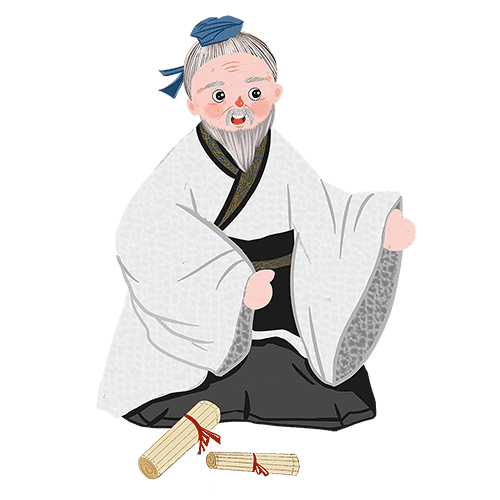How to Choose the Right Chinese Course Abroad: A Practical Guide for Parents
For many families abroad, learning Chinese starts with excitement but often ends in frustration. Children begin enthusiastically, but along the way, motivation fades and goals are left unfulfilled. The root cause? A lack of planning and a tendency to follow the crowd.
So how can parents make a more informed choice when selecting a Chinese course for their child?
1. Start with the goal, not the course
Before looking at programs, ask yourself:
Why do I want my child to learn Chinese?
Is it for everyday family communication, for academic exams (HSK, AP Chinese, etc.), or for long-term cultural identity?
What level of proficiency do I expect them to reach?
A clear goal is the foundation of an effective learning path.
2. Work backward from the destination
Once the goal is defined, apply “reverse planning”:
If the goal is conversation, look for courses rich in speaking practice and cultural immersion.
If the goal is exam preparation, focus on structured textbooks and systematic practice.
If the goal is long-term literacy, check whether the program offers a step-by-step progression—from pinyin to characters, from reading to writing.
3. Learn from experienced families
Most parents ask peers with children of the same age. But the best advice often comes from parents with older kids who have successfully (or unsuccessfully) gone further. Their stories reveal what really sustains Chinese learning over the years—and what pitfalls to avoid.
4. Research the school beyond brochures
Don’t rely only on marketing materials. Many schools today share resources openly:
Review sample textbooks or curriculum outlines.
Check school websites for program details.
Watch real classroom videos on YouTube to see the teacher’s style and the student’s actual level.
5. Final thoughts
The right Chinese course is not “the one everyone else chooses.” It is the one that aligns with your child’s goals, interests, and your family’s circumstances. By starting with the destination, working backward, and verifying with research and experience, you can give your child a much greater chance of staying on the path—and loving the journey.




